Hidden away on the interface between plunging mountains and island speckled seas, there’s a hip piece of paradise where only the worthy venture. It’s name is Paraty. Remember it, and thank me later. Embraced by emerald forests, pristine beaches and azure waters, this historical settlement oozes amicable diversity. Whilst there are plenty of things to do in Paraty, it’s as much about observing as being active.
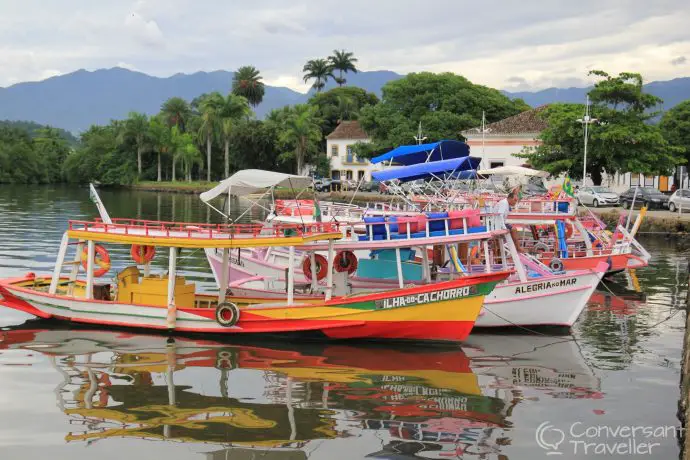
The preserved colonial centre expertly juggles the ghosts of previous centuries with the society of today. Modest wooden fishing boats chug past immense glitzy cruise ships. Tradition and progress bobbing amicably together on the water. The sharp echo of hooves skittering on uneven cobbles heralds the approach of horse riders navigating the slippery avenues. Just as their ancestors once did. Unlike their predecessors, however, today the wooden carts bumping along behind their equine engines are more likely to be carrying washing machines than vegetables.
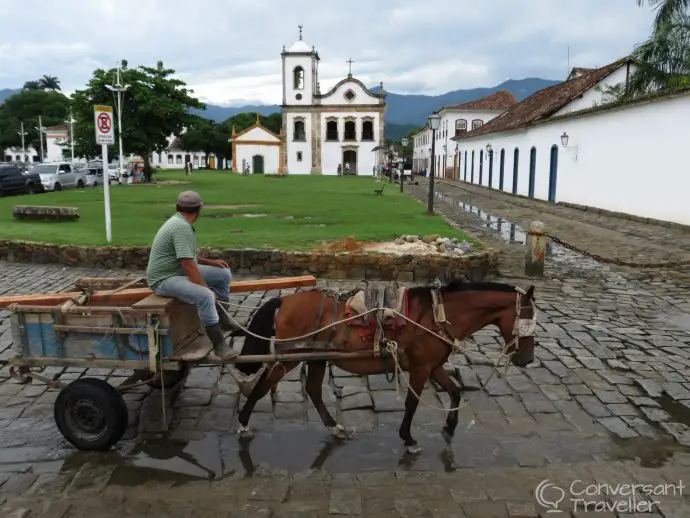
There are lots of fun things to do in Paraty, but many visitors come here just to ‘be’. Paraty is to Brazil, what Ubud is to Bali. It’s one of those places that you could end up staying far longer than planned, simply enjoying the relaxed vibe. Paraty is a city of contrasts. It’s a place where past and present, humans and nature, all blend together harmoniously. Not something you see very often!
Full moon flooding
Full moons are known for many things, several of them rather alarming. Sleepwalking, lunacy and werewolves amongst the most popular (I’ve only experienced one!). Yet for Paraty, a full moon is a blessing. One that was harnessed long ago by the town’s architects, who realised the high tide could be used to clean the streets. So once a month the seawater rises, flooding the historic centre. Small wooden pedestrian bridges are put out by locals to span the sea wall gaps, and life continues as usual, albeit with a few wet feet here and there. Just as the force of nature alarms ignorant tourists and threatens to engulf the settlement, the water retreats back to the sea, leaving humans as masters once more.
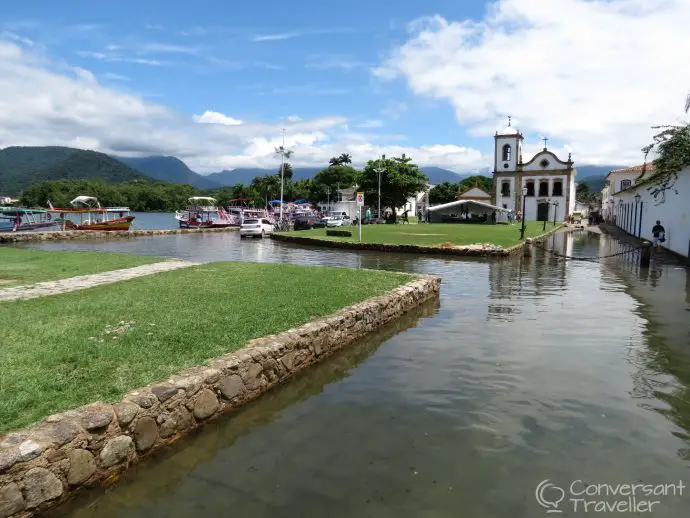
The history bit
The historic façades in Paraty are all immaculately painted, and almost a bit too pristine. I did feel a little like they were hiding secrets. A deep and perhaps dark history. Whilst today Paraty is used for movie locations and tourists, it was once a hunting ground for pirates, and a town built by the blood, sweat and tears of African slaves. It’s surprisingly difficult to find much information about the slaves of Paraty, almost like their existence is being glossed over. Just like the colourful window frames all over the town. Yet the region’s history is built upon the slave trade, and Paraty is their legacy.
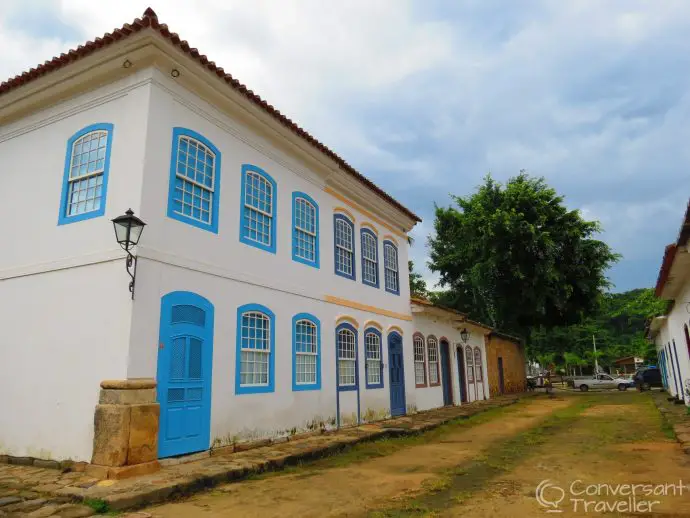
The Gold Trail
Gold has a lot to answer for. And Paraty is one of them!
After the Portuguese discovered gold in the mountains of Minas Gerais in 1696, they had slaves construct the Caminho do Ouro, or Gold Trail, overland to Paraty. From here, the gold could then be exported to Rio, and on to Portugal. Whilst gold was transported east to the coast, African slaves were sent west to work in the mines.
Paraty thus became a bustling port town, and the wealthy built elegant houses, churches and the pier. Many of these remain today. Yet this boom didn’t go unnoticed by opportunists. Pirates frequenting the islands of Angra do Reis, including Ilha Grande, soon began attacking the gold ships bound for Rio. A safer overland transport route had to be found, and in the 1720s a road was constructed between Minas Gerais and Rio, bypassing Paraty, and shortening the journey by 15 days!
As a result Paraty fell into decline.
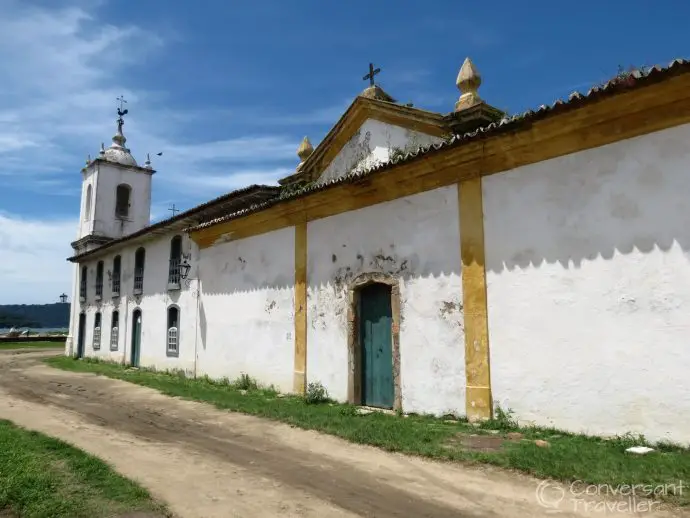
Hiking sections of the Gold Trail is one of the many things to do in Paraty. We didn’t have time for this, and it was pretty humid for too much exertion, but definitely something to think about if you’re here for a few days.
Coffee and Cachaça
Humankind has many weaknesses. Gold, coffee and rum are up there with the best. One I love, one I hate, and the other I’ve never had the pleasure of owning! It was coffee and rum, or cachaça, that came to the rescue of the failing town in the 19th Century.
Whilst the coffee boom didn’t last long (thanks to Paraty being bypassed again, this time by a railway), the cachaça has become the key ingredient for Brazil’s famous caipirinha. The rum is made from sugar cane, and on the list of things to do in Paraty is visit plantations and distilleries in the area to see how it’s made. And of course sample it yourself!
Coffee is still produced and exported, and hubbie liked it so much that he brought some home with us. He won’t allow himself to drink ‘proper’ coffee from anywhere he hasn’t personally visited, so at least he now has another exporter to add to his list.
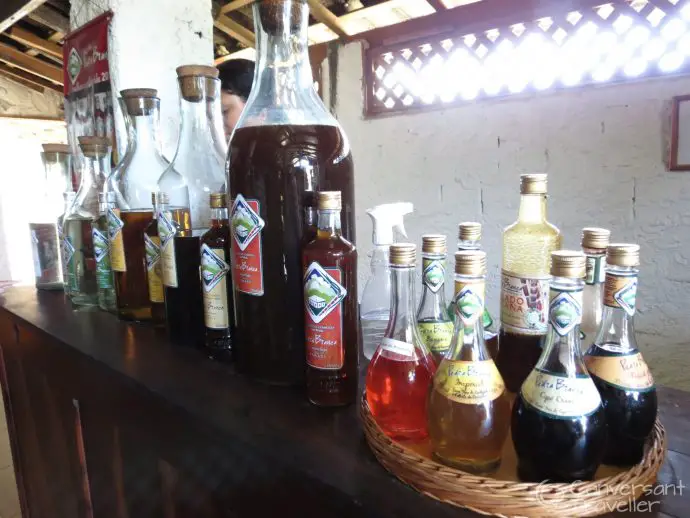
Still a relative backwater, existing on agriculture and fishing, it wasn’t until the 1970s when a paved road from Rio transformed Paraty into a tourist destination. Hugging the shore as it meanders south through the Atlantic Rainforest, the road today affords tantalising glimpses of the riches ahead. It’s an enchanting 4 hour road trip, passing through dusty villages, bustling port towns and colonial farmsteads.
Things to do in Paraty
Strolling the Streets
I have no problem labelling Paraty as the most charming place we’ve ever visited. Picture postcard in every way, it also retains a sense of reality to temper the perfection, and it’s a great mix! The grid-like layout of streets in the historical centre make it easy to navigate. There’s no traffic (aside from the odd horse and trap) as vehicles aren’t allowed. One of the most pleasurable things to do in Paraty is simply strolling along poking your nose down any enticing side road you fancy.
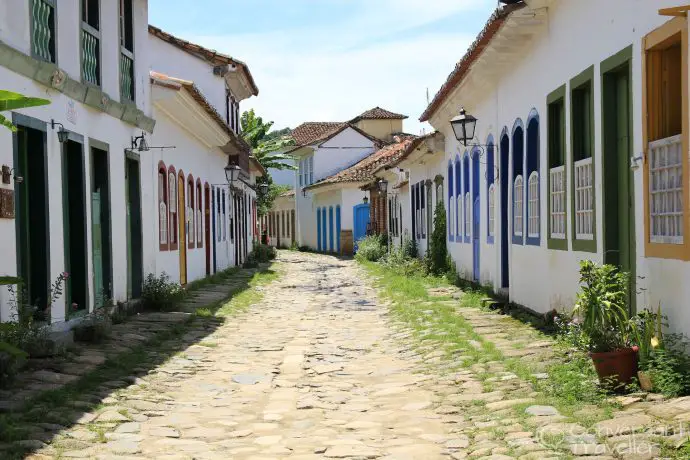
You don’t have to be an architecture buff to appreciate the vibrant yet unassuming appeal of Paraty. Whitewashing has given the buildings a strikingly elegant demeanour, whilst the arty wooden window frames and doors are painted all colours under the sun. Here and there walls are draped seductively with the long green tendrils of trailing plants. Is this a case of man allowing nature to go unstifled? Or is it in fact man controlling nature to provide amenity? In this instance shade from the ferocity of the midday sun.
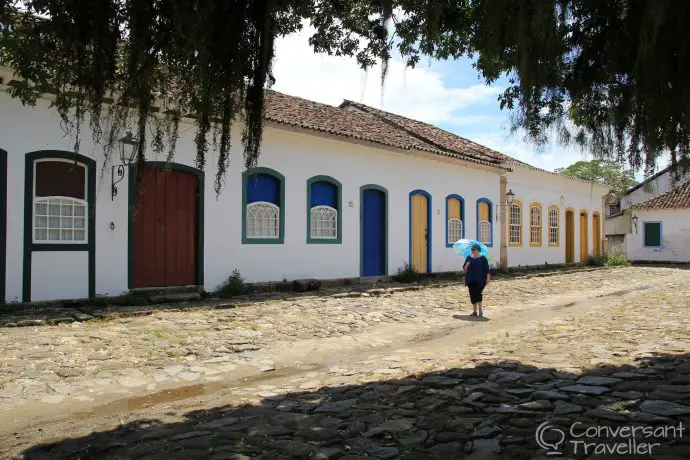
Forte Defensor Perpétuo
We’re always excited to visit forts. Visions of crumbling stone towers, arrow slits and daring sea raids all spring to mind, thanks to growing up in the UK with it’s centuries of defensive history. We weren’t expecting the Forte Defensor Perpétuo to resemble a romantic British stronghold. Yet we were quite taken aback at the rather unimpressive specimen in Paraty. Constructed in the early 18th Century as a defence against gold-loving pirates, the fort used British canons against the raiding British privateers. A pleasantly ironic gesture if ever there was one.
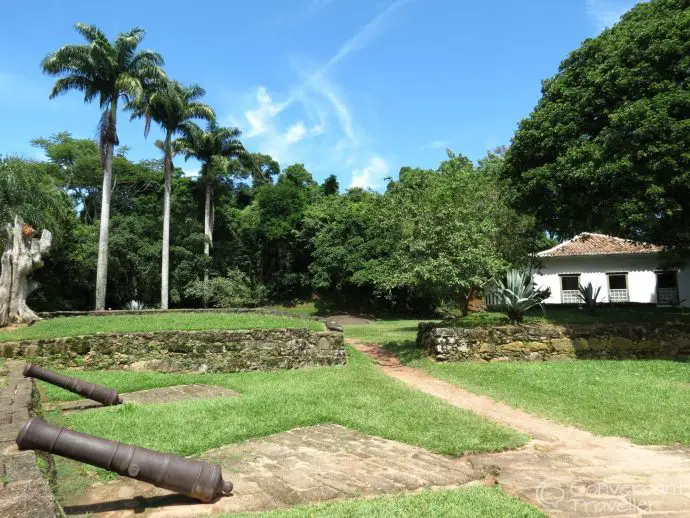
Upon Brazil’s independence from Portugal in the 1820s the fort was rebuilt, and today, looks just like a bungalow. Hubbie, raised his eyes sceptically at me as we emerged sweating at the crest of the hill (it was kinda hot). All that effort for a bungalow? Not amused, he remarked that it didn’t even look that well fortified. There are bungalows on our home town estates that are better fortified than this!
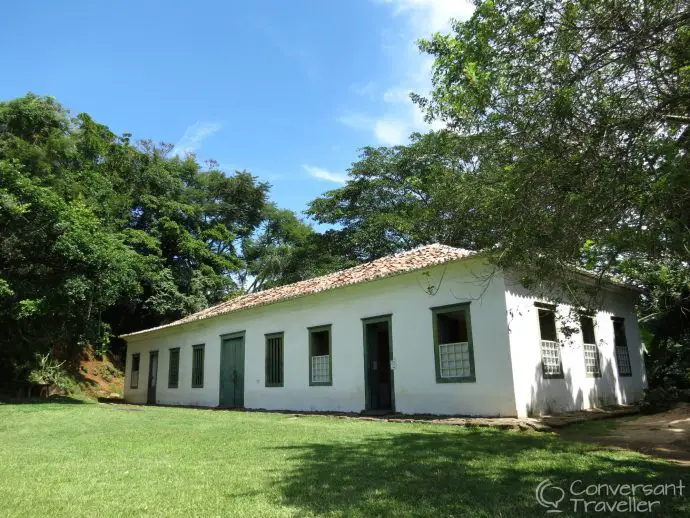
There’s a small art museum inside the building, which to be honest wasn’t really worth looking at. Just a few baskets and fishing tools, although they are renovating at the moment so hopefully this will improve. Not top of our list of things to do in Paraty!
Today the fort doesn’t command much more than sweeping views across the ocean, but it’s still worth the 15 minute walk north of town. Just cross the river and climb the Morro da Vila Velha hill. There are glimpses of the town along the path, although much of it is obscured by trees. Which do thankfully give a little shade.
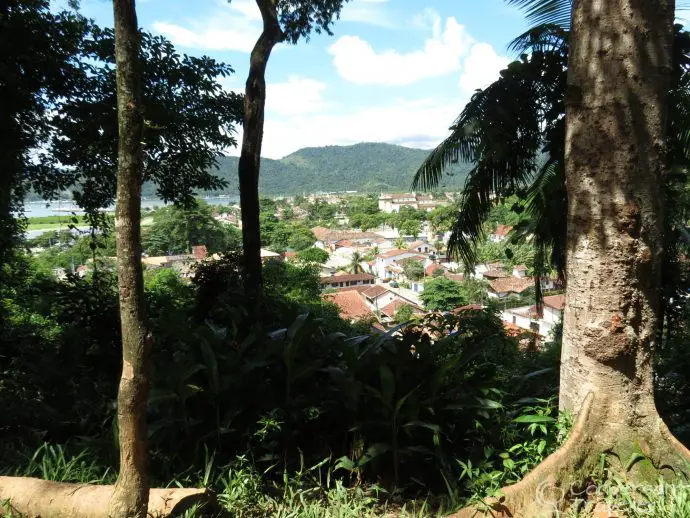
Churches
We love churches. Not because we’re religious (far from it), but because we’re suckers for beautiful buildings. Paraty sure has a few of those, and no visit to the historical centre is complete without checking out her churches.
Our favourite was the Capela de Nossa Senhora das Dores, built in 1800 for the colonial white elite. It’s only open sporadically, but located right on the shore, it has the best position of them all. Even with a bit of scaffolding it’s photogenic.
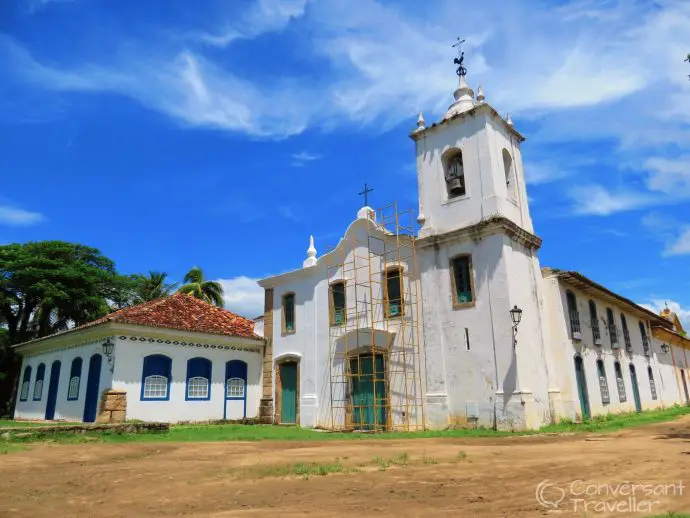
The Igreja Santa Rita dos Pardos Libertos (as seen in the flooding photo at the top of this post), was the church of the freed mulattos (those of mixed black and European parentage). It was constructed in 1722, and has a tiny museum of sacred art.
I love the legend of Matriz Nossa Senhora dos Remedios, which was supposedly financed by pirate treasure found buried just down the coast on Praia da Trindade. Built in 1787, this church is the most imposing, overlooking the square and commanding views along the surrounding tree-lined avenues. This was the only church open on our visit, and it was equally impressive on the inside.
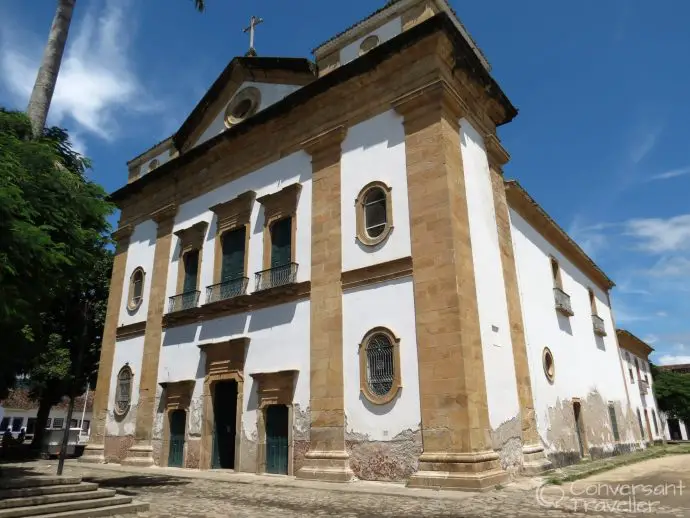
The slaves who built the town did manage to construct their own church in 1725, the Igreja Nossa Senhora do Rosario e Sao Benedito dos Homens Pretos. Although more humble architecturally, it is snuggled into the heart of the historic centre, and somehow feels a more integral part of the town’s history than the others. It was also right next to where we stayed at Pousada do Sandi, the best accommodation on our entire Brazil trip!
Culture
Culture vultures don’t have to stay in Rio. Paraty regularly holds music, literature and art festivals, many of them free, and there’s always something going on. As dusk falls the town belongs to the buskers. Each with their own pitch beneath a stone arch or against a church wall. Lost in their own soulful melodies reminiscent of those heard in New Orleans, it’s these musicians who really bring the sleepy town to life. The mellow tunes did linger long into the night, and anywhere else we’d have been annoyed at not getting our beauty sleep. Yet somehow it was different in Paraty. It was part of the very essence of the town and it’s culture, and I think our experience would have been emptier without it.
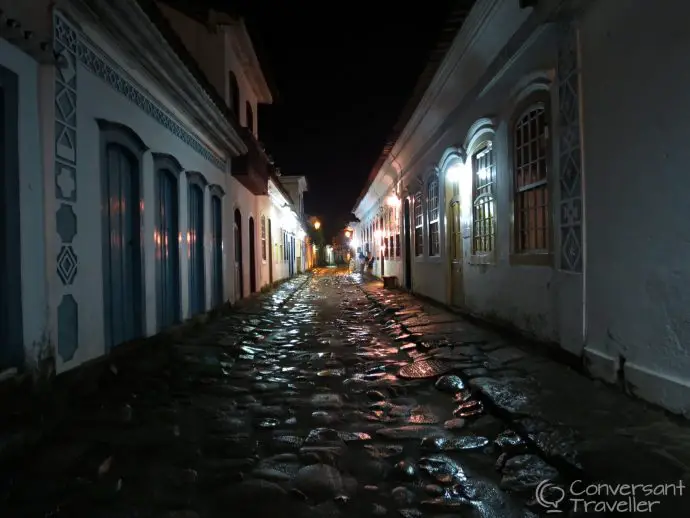
The Casa da Cultura is worth a visit too. This local history and culture exhibition is housed in an 18th century mansion, and has a great view from the upper floor.
Boutiques
Whilst retaining much of it’s old world charm, the historical centre also enjoys a cosmopolitan vibe, attracting artistic types from all over the world to visit and settle. Many of them have opened trendy cafés, designer galleries and upmarket boutiques. The sort of places you love looking in but never actually buy anything.
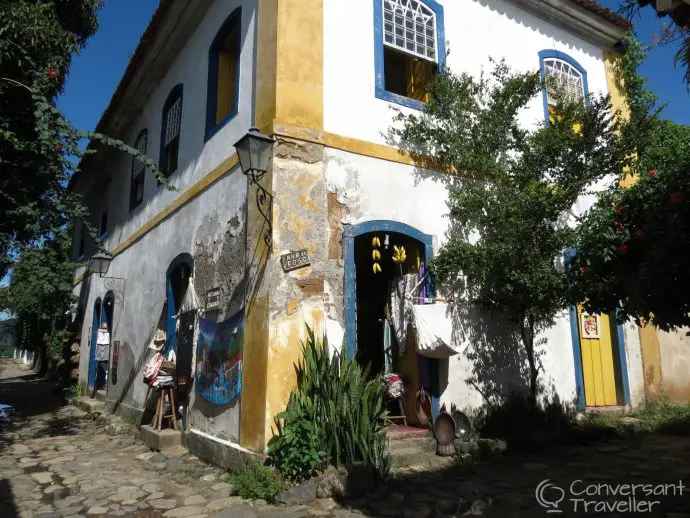
A lot of the shops were a little too girlie for hubbie, who preferred the store selling manly bags made from Brazilian truck canvases. Yes, we came home with a couple which we intend to use on numerous occasions! I loved the gallery selling traditional Amazonian gifts, yet as we weren’t visiting the Amazon, it seemed a little odd to have down here in the south of the country. I guess it’s like buying Scottish shortbread in London. Something else I wouldn’t do.
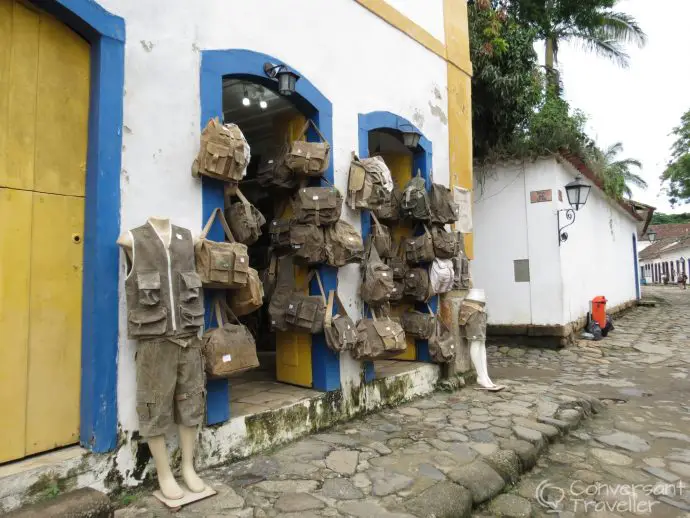
Gastronomy
Strolling through the town, there’s an unmistakable aroma of grilled seafood lingering on the air. Coupled with the enticing rustic chairs spilling out into the streets, this is a foregone precursor to a spot of al fresco dining. Food always tastes better outdoors, doesn’t it! It wasn’t too bad indoors either, and we dined out in style at some of the top establishments in the old town.
The Margarida Cafe is a buzzing, tastefully done up spot in the heart of the action, with a great evening vibe and live music. Hubbie was hungry so we turned up way too early at 7pm, and had the place to ourselves. I haven’t yet decided whether this was like exclusive private dining without the expense or just a bit embarrassing. Still, we were British so could be forgiven (we always seem to eat earlier than everyone else in the world!). The food was good (we went for cheesy empanadas and a seafood paella) but it’s the atmosphere that you really go for (if you turn up a bit later than us!).
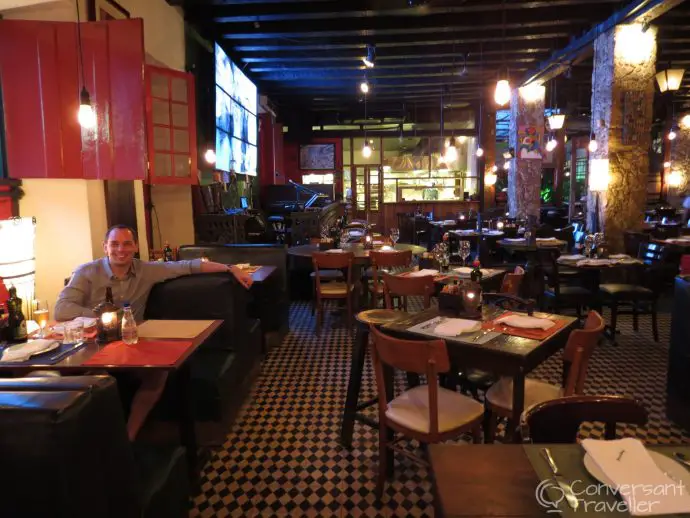
We also loved Restaurante Banana da Terra, a classy place with some of the best food we’ve ever eaten, particularly the heart of palm risotto and the prawns flambéed in cachaça. It of course has a price tag to match (although still reasonable by European standards), but is definitely worth every real. What we really liked was that whilst it was very refined, the service wasn’t too stuffy, and we actually had a comfy sofa to sit on rather than chairs.
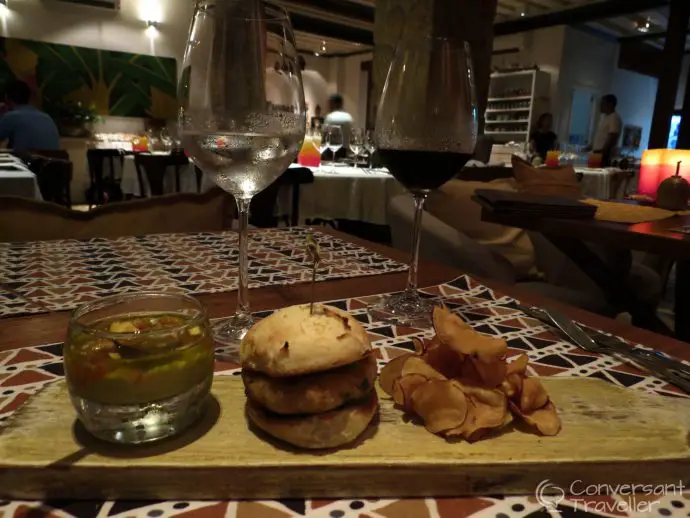
Finally we ate twice at Quintal das Letras, the restaurant of Pousada Literaria, where we spent our last couple of nights. Again we arrived a bit early and there was hardly anyone there, but it wasn’t peak season and this is nothing unusual. We pretty much had the entire team waiting on us, and by the second night were all giggling together about it. The seafood here is supreme, hubbie had the giant shrimps two nights in a row!
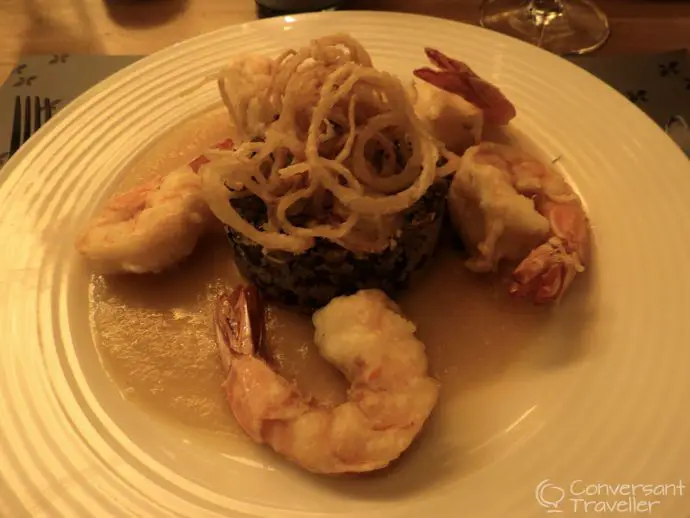
Islands and Beaches
There are of course more things to do in Paraty. If you do nothing else, you have to take a boat trip to explore some of the islands and beaches around the coastline here. We chartered a private speedboat and spent the most blissful day walking barefoot on deserted sands, snorkelling at secret islands and discovering secret jungle caves.
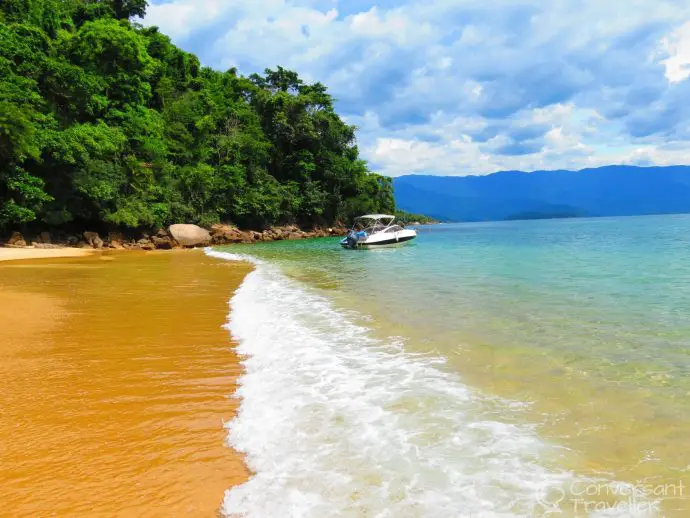
Waterfalls and distilleries
Another day trip from Paraty takes in waterfalls, cachaças (rum distilleries) and rainforest, more on this coming soon!
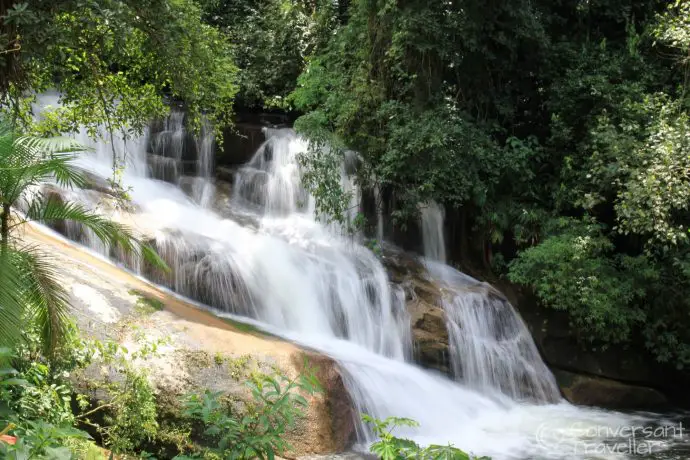
Paraty was our favourite place in Brazil, and to be honest saved what was otherwise quite a disappointing trip. The town managed to perfectly balance relaxation and activity, and there was enough to keep those of us with itchy feet amused whilst also feeling chilled out and not rushed. It’s unlikely we’ll be returning to Brazil, but if we do, we’ll be making time for Paraty.
Tips for visiting Paraty
- Don’t rush your visit, there’s far more things to do in Paraty than you first realise. We had 4 nights which was just right to see the town, do a couple of day trips and also chill a bit.
- Avoid the high season which runs from December to February. We were there early March and it wasn’t at all busy, and had perfect weather with the odd rain shower.
- Leave your suitcase at home if you can. You won’t be able to wheel it over the cobbled streets, and if you’re staying in the historic centre (which you should!) you may have to walk a little way as cars aren’t allowed.
- Try and time your visit with a high tide to see the famous flooding.
- Evening meals are eaten fairly late (certainly by British standards) so consider going out after 8pm for a true experience.
- The nature of the historical centre does mean it isn’t always quiet at night, with street buskers and music from restaurants quite audible from wherever you are. But it’s kinda a nice intrusion.
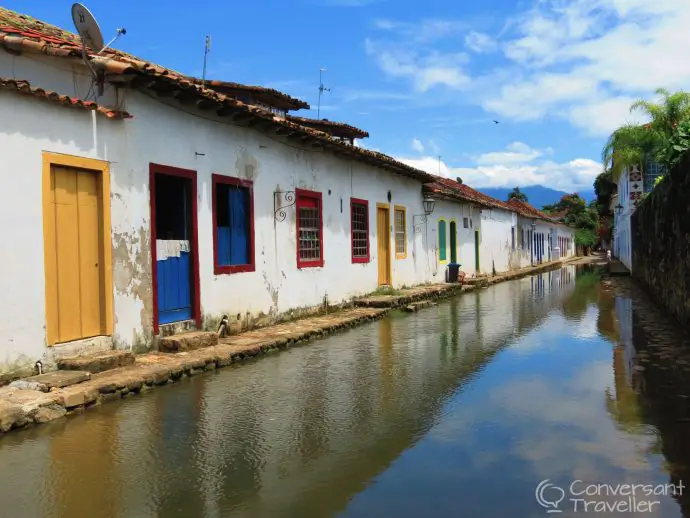
Found this post useful? Why not pin it for later…
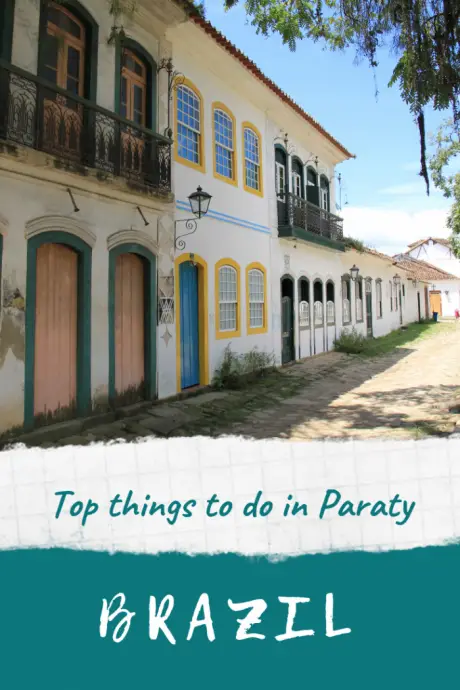

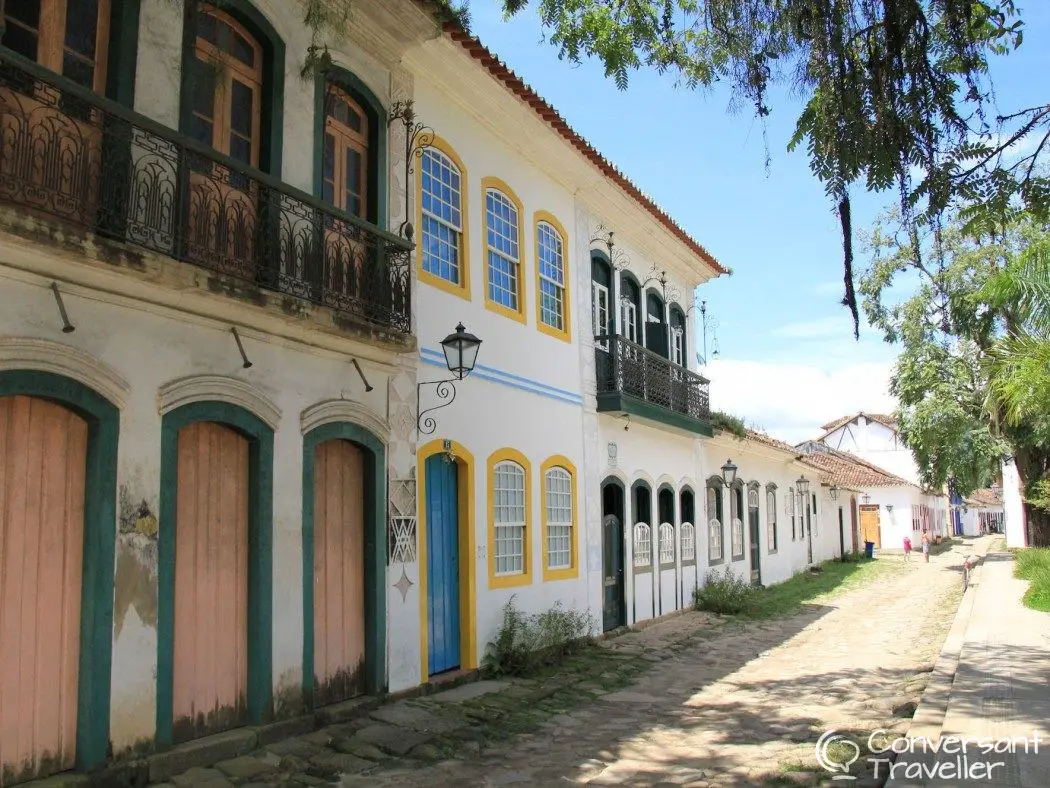
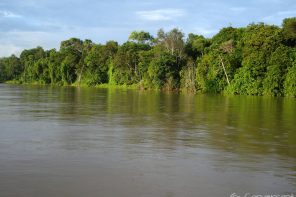
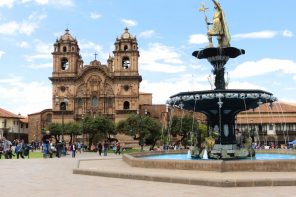
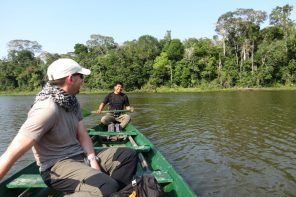
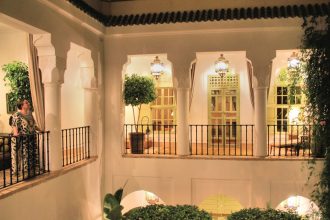
Great post, Heather! Paraty is a lovevly city and there is so much beautiful things to see around… I fell in love with that charming cobblestone streets! My tip is to get there by bus from Rio de Janeiro and spend at least a day in the city.
Thanks for your wonderful post. I habe bin in Paraty a Complexity of Times and fully agree with you. Paraty is one of the best places to be in Brazil. I like it so much that i will Return this year prior to class i habe to teach in Brasilia.
Great to meet a fellow Paraty fan – have a wonderful time when you return this year, I’d love to go back someday too!
For someone that write relatively well, it’s incredible how you didn’t get a single possessive ‘its’ right.
Good job I’m a travel blogger rather than an English teacher then hey 🙂
We are here in Paraty now and have never researched on what to do here till now. Glad to have stumbled on this article. It’s very useful and I’m definitely going to hunt for that boutique shop that sells those canvas bags.
Hi Doi, glad it was useful! Have a wonderful time, it’s one of our favourite places (and good luck with the bag hunting…just wander around, it’s not a big place, you can’t miss the shop).
Looks like a great place to unwind. It must be a fabulous destination to wander if people are into photography.
Nice photos Heather. I thought Paraty had charm and and Lissette thought it was spooky – lots of history, especially ugly with the slavery and gold. I think I mentioned the same thing on my post i.e how they’ve gone out of their way to avoid this part of the town’s history.
But a pretty town and I remember a certain night having steaks at a nice Argentinian restaurant. I also remember an incredibly boring boat cruise off the coast…
Glad you enjoyed it! You actually probably liked it more than we did…
Frank (bbqboy)